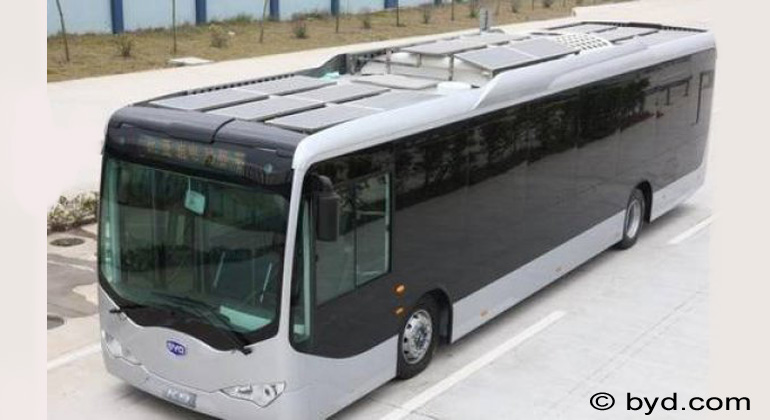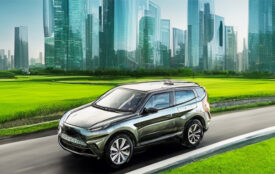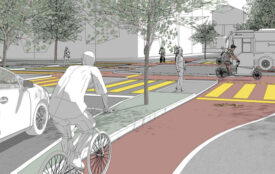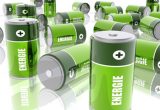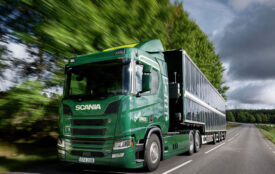Electric Buses: More Billion Dollar Orders
China will spend up to one trillion dollars on electric buses over the coming 15 years according to leading analysts IDTechEx.
This will reduce the impact of over 22.5 trillion dollars from air pollution over that time, at least one percent of GDP. More insurrection will occur if corrective action is insufficient because hundreds of thousands are dying from traffic pollution and far more are suffering resultant serious disease.
According to the World Health Organisation (WHO), outdoor air pollution caused 3.7 million premature deaths in 2012, China having the largest share. Some 1.2 million premature deaths in the country could be attributed to the outdoor air quality in 2010, a loss of some 25 million healthy years according to the Global Burden of Disease Study, published by The Lancet. It also published that a surge in car use in South and East Asia killed 2.1 million people prematurely in 2010. The New York Times reports that “ambient particulate matter pollution” was the number four cause of death in China, behind dietary risks, high blood pressure and smoking.
According to WHO, road transport accounted for 50% of the cost of the health impacts of air pollution – both death and illness – in OECD countries in 2010 which was close to $1 trillion. In China pollution from traffic is probably also responsible for 50% of the deaths and injuries from air pollution. With the rapid growth of traffic in developing countries such as China and India, WHO finds that air pollution has outpaced the adoption of tighter vehicle emission standards.
The Chinese government is now spending billions of dollars to solve their trillion dollar problem. Many orders for pure electric buses at the $0.5 billion level have been placed in the last year and XALT in the USA has received a $1 billion order for advanced lithium-ion traction batteries for one bus manufacturer in China. See the new report from IDTechEx Research, “Electric Buses 2015-2025” (www.IDTechEx.com/buses).
Wisely, the Chinese government has banned two-stroke two-wheel vehicles, removed millions of the worst polluting cars and other vehicles from its roads and declared that taking the electric bus or train will be a major part of the answer. It does not see the river of 140 million electric bikes and scooters used to get to work in China as a primary part of the solution. They often flow against the direction of traffic and up over sidewalks causing accidents and extra congestion. Many Chinese cities have either banned or severely restricted e-bikes, the market has eased back and the number of manufacturers of them has collapsed from 3000 to under one thousand with almost all of those losing money in sharp contrast to the rapidly increasing number of companies making electric buses.
Dr Peter Harrop, chairman of IDTechEx says, “The Chinese government is right to prioritise electric buses and trains over e-bikes which have other problems too such as boosting the lead acid battery business with its bad record of pollution from lead smelting through to used bike batteries being thrown in the local stream. Control is a bit better with microEV cars and the regular electric cars tend to have lithium-ion batteries. However the buses are almost entirely on lithium-ion batteries and supercapacitors neither of which have the problems of lead.”
Only IDTechEx appraises the whole electric vehicle industry – land, water and air – including such things as the $0.57 billion Northrop Grumman autonomous pure-electric airship which was to be up for ten years at a time doing surveillance (see the IDTechEx Research overview report, “Electric Vehicle Forecasts, Trends and Opportunities 2015-2025”). However, the military is not yet placing any billion dollar orders for electric vehicles. That will come and there is also huge potential in mining, shipping and other emerging EV sectors, the subject of other IDTechEx Research reports, but this year those seeking substantial orders for their batteries, motors, power electronics and other EV parts are talking to bus companies. The electric car industry is buoyant but the car companies all too often make their own parts and, when they buy them in, the pricing is very demanding.
“Bus companies are the billion dollar story right now,” adds Harrop. ”Expect several orders of one billion dollars at a time for buses in China in the coming year or two. On our analysis, the market for electric buses over eight tonnes will be well over $40 billion in only five years from now. We have the widest selection of new reports on electric vehicles land, water and airborne but the buses report is our best seller by far. That industry has lift off.”
